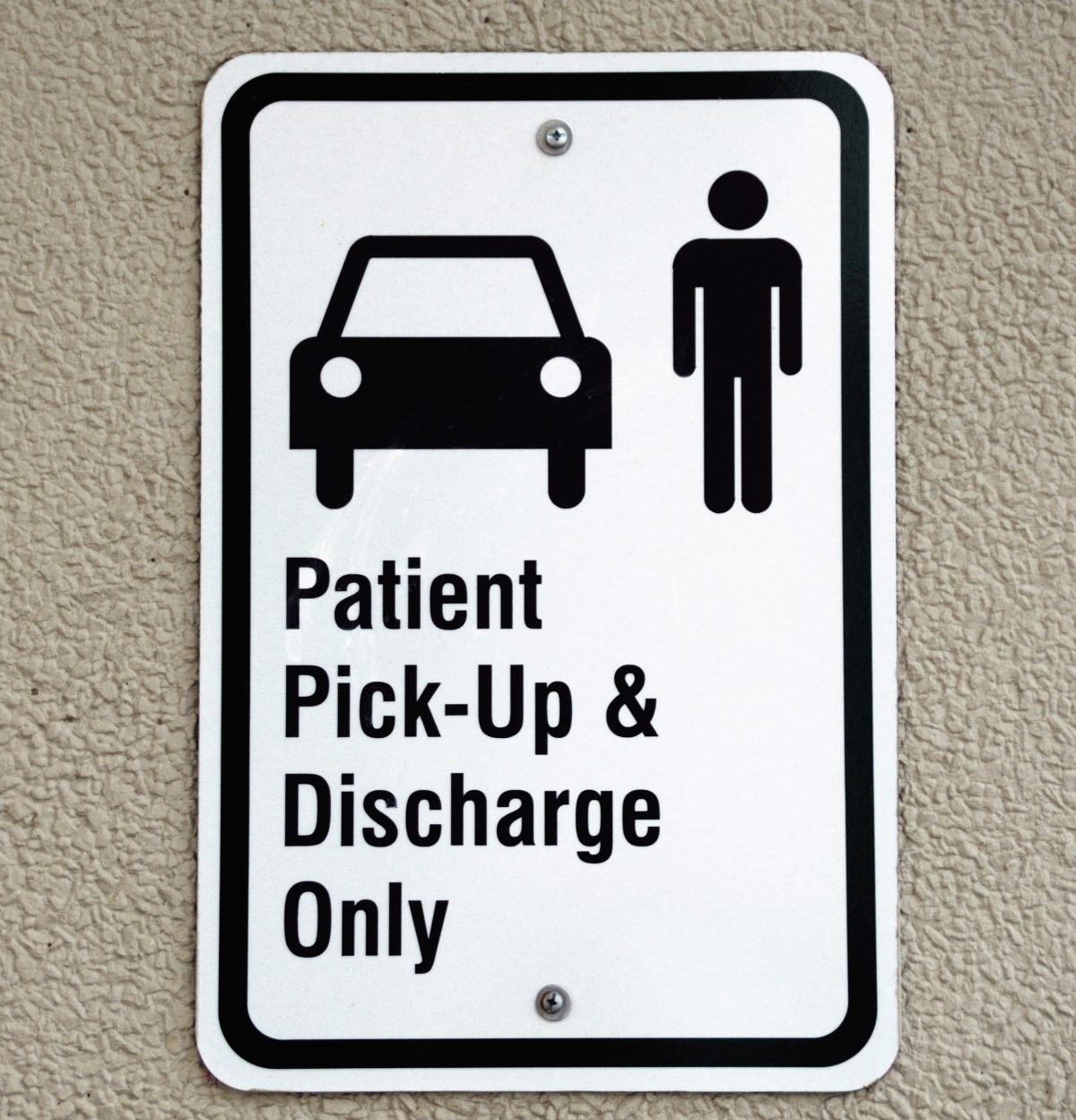CARING FOR SOMEONE AFTER HIP REPLACEMENT
 Are you or a relative about to undergo hip replacement surgery? Hip replacement surgery can certainly be a daunting task; and although hip replacement surgery is a very common procedure, it is also a major operation that requires planning for your return from hospital. So if you are about to have hip replacement surgery, or your relative or partner are about to undergo this procedure, there are a few common pieces of information that can help with your rehabilitation and return home.
Are you or a relative about to undergo hip replacement surgery? Hip replacement surgery can certainly be a daunting task; and although hip replacement surgery is a very common procedure, it is also a major operation that requires planning for your return from hospital. So if you are about to have hip replacement surgery, or your relative or partner are about to undergo this procedure, there are a few common pieces of information that can help with your rehabilitation and return home.
1. Be prepared to carry things for your patient. If your partner returns home from hospital with crutches, it often can be underestimated how little this person is able to do with both hands occupied; cups of tea, walking with a plate of food or dinner, washing and dressing can all be a challenge when your hands are occupied with two crutches. So be prepared to offer your hand and help at any given moment for the first 2-3 weeks. Once your patient is on one crutch, life becomes a lot easier.
2. Practice with crutches prior to surgery. Although using crutches may look easy from a distance once you have a newly operated hip to look after and perhaps some associated fear around that, suddenly the challenge of stairs or a grassy pathway can be more daunting. I recommend to all my patients to practice using crutches for a short period of time prior to surgery. This means learning how to ascend stairs with your crutches and also descend stairs. Ascending stairs mean that you will lead with your good leg and your crutches and your sore leg will follow. Descending stairs is the opposite; your crutches will go down first followed by your operated leg and then your good leg. Crutches also need to be the right height. Your physiotherapist in hospital will assist you adjusting the crutches to the right height; but as a general rule the handle should be at the level of your wrist crease when your hand is by your side.
3. Understand the post surgery precautions from your surgeon. If your patient has had a procedure, which involves a posterior incision, this can mean that for a short period of time the hip has a chance of dislocating if the hip is bent beyond 90 degrees or crosses the body. Although the risk of this occurring is relatively small, it is important for the first 6 weeks after surgery that your patient does not sit on low chairs, tie up their own shoes and socks or bend over to the ground, as this can increase the chance of a postoperative complication of dislocation, which is something we all want to avoid. This means as a carer you need to be prepared to help with shoes, socks, also picking things up off the floor and ensuring that all of the seats in your home are at the right height. A general rule of thumb is that if you are about to sit on a chair, if the chair height is below the level of the knee crease it is probably too low. So ensure you look after your patient by assisting them with their footwear or ensuring they have foot wear they can easily slip on and off and make sure the chairs in your house are positioned so as to avoid low chairs or lounges for the first 6 weeks.
4. Encourage your patient with their rehabilitation exercises. A physiotherapist will provide a list of exercises for your patient to perform at home. The best outcomes are always when a patient is diligent with their home program and I usually encourage patients to do their exercises 2-3 times a day. A little bit and often goes a long way. So make sure you are there as the cheerleader and support as not all of these exercises will be comfortable and your patient will probably be battling a combination of pain and postoperative fatigue from the general anaesthetic.
5. Ensure rest time and good nutrition! Allowing some rest time throughout the day is also essential to recover from the effects of general anaesthetic. It is very common for patients to be tired for the first few weeks after surgery. So although it is important to maintain their regular physio program, it is also important to allow daily rest time. Good nutrition with an increase in protein intake is also important- it takes alot of the bodies fuel and energy to heal the bone around the replacement. So ensuring good nutrition and plenty of rest breaks can assist with this.
 We hope these tips provide you with some useful information for the early care following a total hip replacement. Remember that exercises in the led up to surgery can help your recovery! For further information or if you simply have some questions about your hip surgery, please feel free to contact our friendly physiotherapy team at Synergy Physio on 07 5448 3369 or simply book an appointment online!
We hope these tips provide you with some useful information for the early care following a total hip replacement. Remember that exercises in the led up to surgery can help your recovery! For further information or if you simply have some questions about your hip surgery, please feel free to contact our friendly physiotherapy team at Synergy Physio on 07 5448 3369 or simply book an appointment online!
Would you like to know more about osteoarthritis of the hip and how to manage it in the lead up to surgery? Download our E-Book! It covers a full understanding of your anatomy, strengthening exercises to do, stretches to avoid and pain relieving tips!


I am truly grateful to the holder of this site who has shared
this enormous paragraph at at this time.